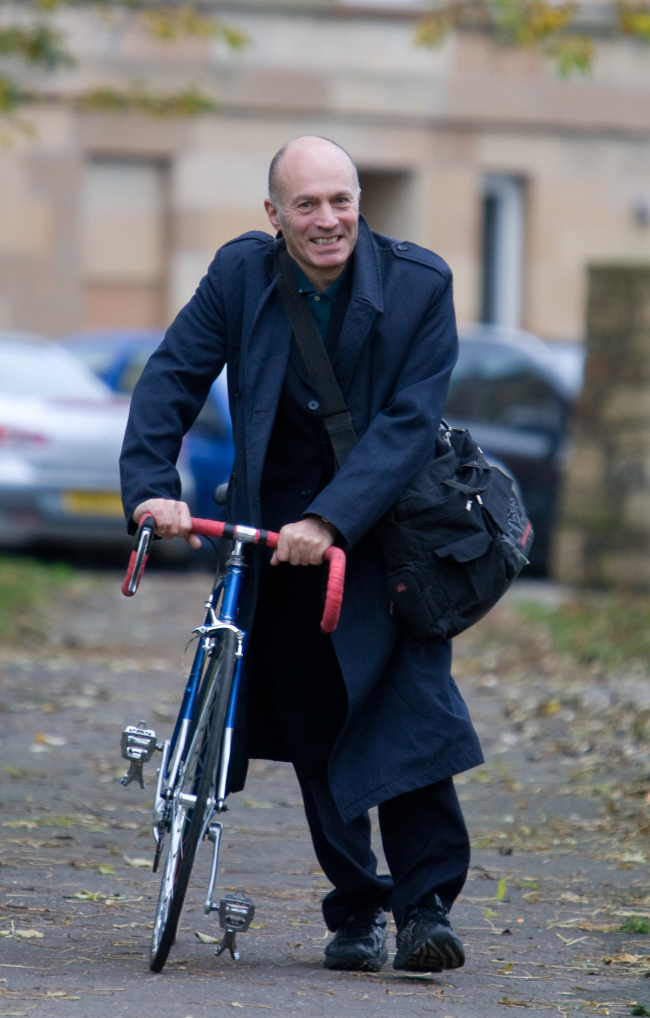Paul Brown: Abolition of the ‘same roof rule’ – what you need to know

Paul Brown
Paul Brown of the Legal Services Agency comments on the operation of the revised criminal injuries regime.
The UK government has recently laid before Parliament major amendments to the Criminal Injuries Compensation Scheme 2012.
The amended scheme will remove the pre-1979 ‘same roof rule’ originally found at paragraph 19.
In terms of all the previous Criminal Injuries Compensation Schemes, victims of crimes of violence at the hands of members of the same family living under the same roof prior to October 1979 were not eligible under the ‘same roof rule’.
The effect of the amendment to the 2012 Scheme will be to enable the victims of these crimes committed in the period 1st August 1964 until 1st October 1979 to claim for compensation in the same way as victims since October 1979 have been able to do so.
There are two particular consequences for victims formerly affected by the rule:
- Because the same roof rule will be abolished, victims of crimes of violence who have not applied for compensation can simply proceed to do so.
- In terms of paragraph 18A of the amended 2012 Scheme, victims who have previously made an unsuccessful (or partially so) application under the old arrangements may make a new application.
The time limit is generally two years after the amendment date of the 2012 Scheme.
Obviously there will still be hurdles to overcome, however, the reform will open up the availability of compensation for many people, some of whom will not only have suffered serious crimes of violence but also mental injuries and/or wage loss. In some cases, the wage loss may have endured since well before 1979! It should be noted that the concept of “wage loss” is broader here than it would be generally.
In addition to either making a new application or reviving an old one, for abuse cases, victims would be well advised to consider whether or not they wish to have the Criminal Injuries Compensation Authority consider their award on the basis of police evidence only or whether an assessment of emotional injuries or consequent wage loss is required as well.
If the police evidence alone is considered, the award will be based only on the tariff for sexual abuse on its own, which may be very considerably less than an assessment of mental injuries and consequent possible compensation for inability to work. This is a hidden pitfall of which victims and their advisers should be wary.
It is a matter for victims to decide whether they wish specialist advice and representation. It is LSA’s view that, notwithstanding that there may be a cost to specialist advice, victims should do this.
In some cases, this will be urgent. The Criminal Injuries Compensation Authority (CICA) has already started intimating its withdrawal of opposition to the significant number of appeals against the ‘same roof rule’ that ended up sisted at the First Tier Tribunal. Of course, these 68 appeals are likely to be the tip of the iceberg with most cases falling within the paragraphs numbers 1 and 2 above.
At this stage, LSA would like to acknowledge the means whereby the change to the Scheme was achieved. In an unusual example of litigation in all three UK jurisdictions (Scotland, England and Wales and Northern Ireland) the breach of the human rights of the victims was recognised. This litigation included the JT case and that of Monica Allan (an LSA case). Without this litigation, the reform would not, in our view, have occurred.
The team applying on behalf of Monica Allan to the Supreme Court included Jonathan Mitchell QC, and advocate Lesley Irvine. Kirsti Nelson was the instructing solicitor.









